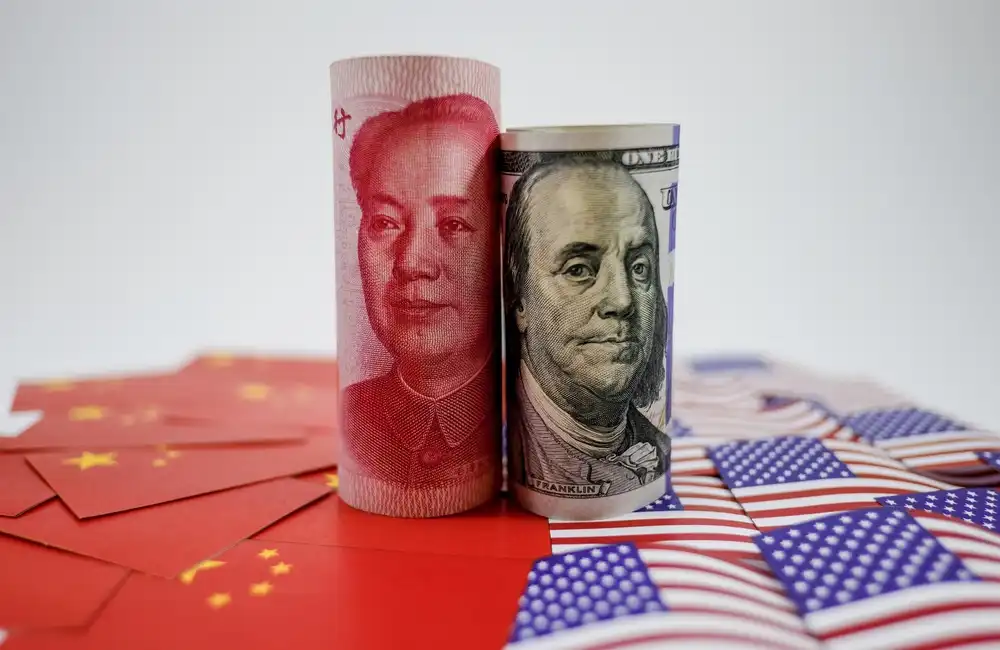Oil markets have been a hotbed of activity in recent years, with fluctuating prices driven by geopolitical tensions, supply cuts, and shifting demand patterns.
What Is Profit-Taking?
Profit-taking means selling oil contracts or energy stocks after a price rally to lock in gains. In the highly volatile oil market, these sell-offs often trigger brief price corrections.
Key Drivers of Oil Profit-Taking
Price Volatility
Geopolitical shocks, OPEC+ policy shifts, and economic data can spark sudden oil rallies—ideal moments for investors to take profits.
Market Sentiment
When oil hits multi-month highs, fears of a pullback drive traders to exit positions, amplifying the downward pressure.
Technical Indicators
Tools like RSI and moving-average crossovers help identify “overbought” conditions that signal an opportune time to sell.
Macroeconomic Events
Inflation reports, central-bank decisions, and US inventory data often prompt profit-taking to sidestep event-driven volatility.
Market Impacts of Profit-Taking
- Short-Term Corrections: Rapid selling can reverse gains, even amid strong fundamentals.
- Liquidity Squeezes: Heavy sell-offs can widen bid-ask spreads, raising trading costs.
- Sentiment Shifts: A wave of profit-taking can erode confidence and trigger broader sell-offs.
Strategies for Strategic Profit-Taking
- Set Targets: Define specific price or percentage-gain exits to enforce discipline.
- Blend Analysis: Combine technical signals with fundamental insights for well-timed exits.
- Diversify: Hedge oil exposure by allocating to alternative energies or other commodities.
- Monitor Events: Track geopolitical and economic releases that could reverse oil trends.
- Seek Expert Guidance: Leverage specialist advice to refine exit plans and optimise outcomes.






















